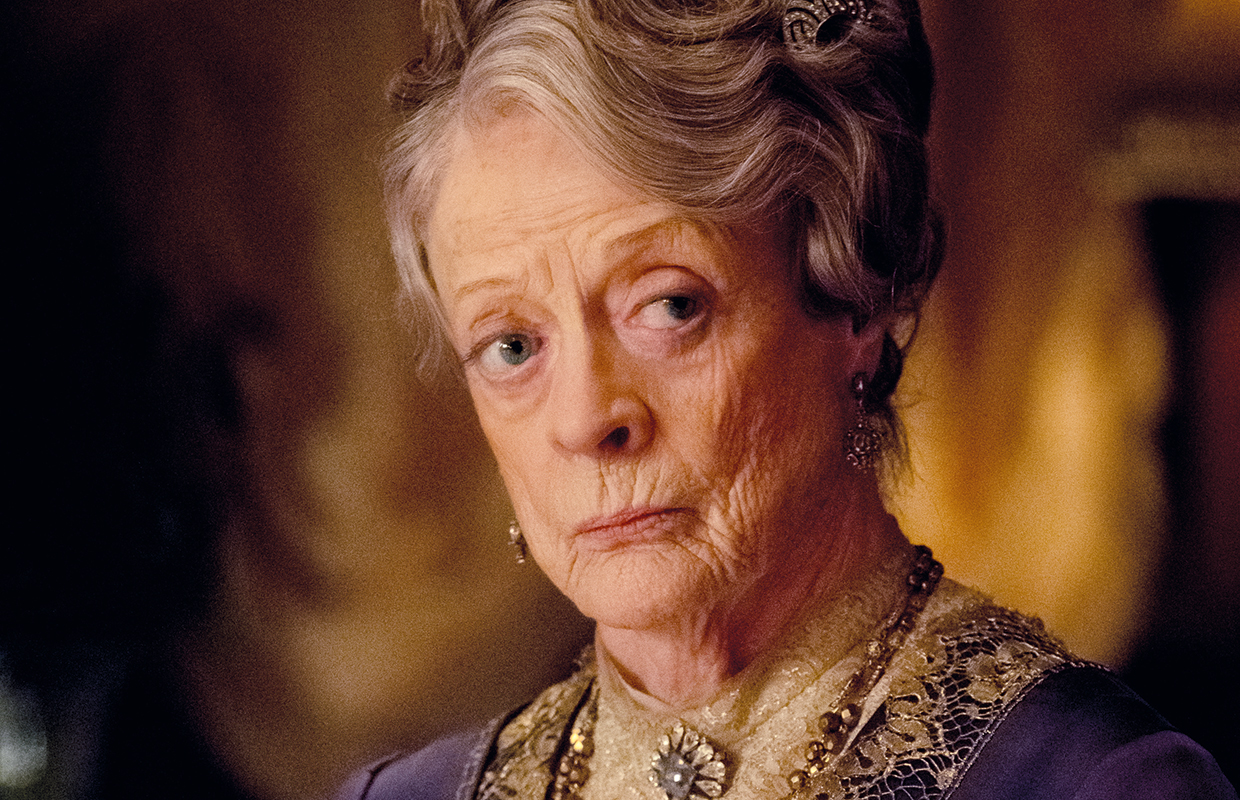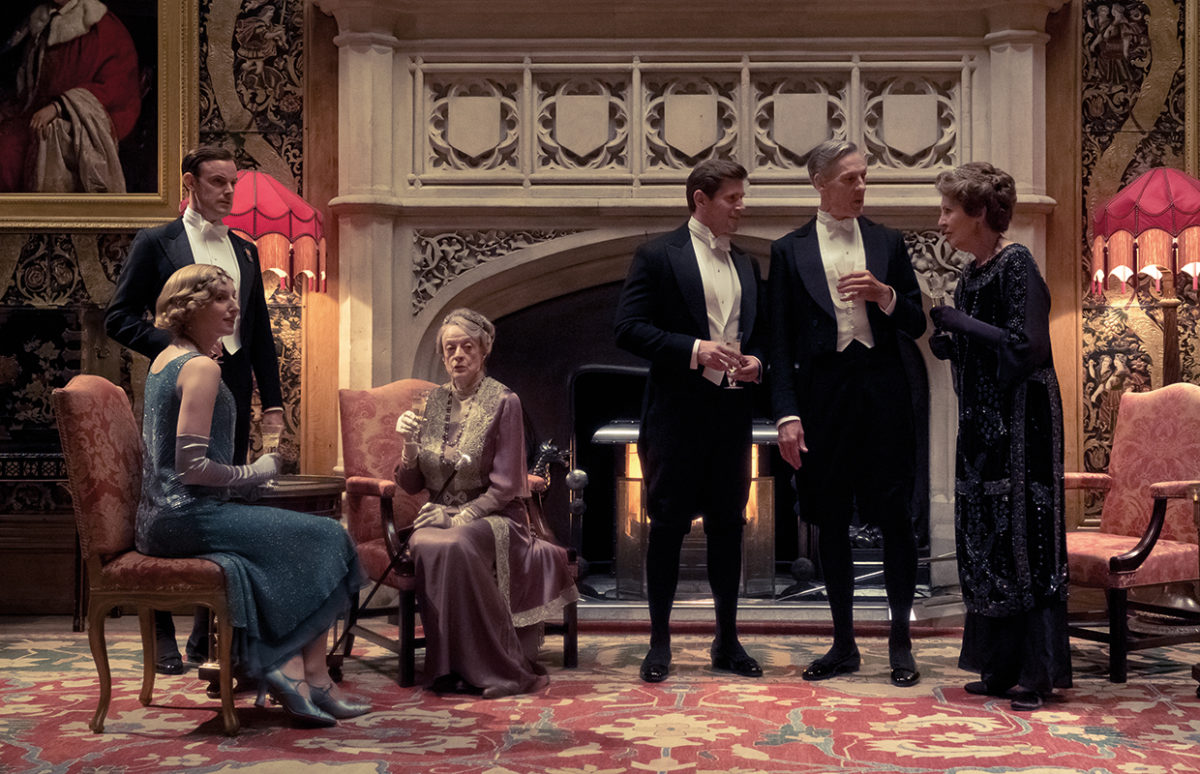Britain’s favourite aristocratic household is back — this time on the big screen. Downton Abbey is a flurry of activity in preparation for a royal visit.
Downton Abbey is one of the most popular British TV series worldwide. The series, which first ran from 2010 to 2015, is set in post-Edwardian England and explores the lives of the aristocratic Crawley family, owners of the magnificent Downton house, and of the house’s domestic staff, at a time of great social change: 1912 to 1927, through the First World War, the Suffragette movement and the “Roaring Twenties”.
At the beginning of the series, in a sense nothing has changed much in the 200 years since Jane Austen was writing. Just as in Pride and Prejudice, archaic inheritance laws mean that only a male heir can inherit the estate. The Crawleys have three daughters and no sons. Plans to marry one of them to the distant cousin who will one day inherit are dashed when he goes down with the Titanic in the first ever episode. The next heir is a complete unknown to the family, who fear he would make them homeless after the death of Lord Crowley.
Titled Writer
Series writer Julian Fellowes started his career as an actor. American director Robert Altman asked him to co-write the script for Gosford Park (2001), an Agatha Christie-type mystery set in an English country house. Fellowes was well qualified. He is himself part of the aristocracy, with the title Baron Fellowes of West Stafford.

The acid-tongued Dowager Lady Violet (Maggie Smith) is inspired by one of Fellowes' great aunts.
A producer asked Fellowes to come up with a pilot for a series set in the same world as Gosford Park. For Fellowes the key for Downton Abbey was not just to tell the story of the Crawley family but that of the entire household.
He explains, “The way of life of these fully staffed houses had always interested me, long before I wrote Gosford Park. There is something intriguing about a group of people living in such close proximity and yet with such different expectations.” He describes the aristocratic families living in, “a curious universe, alongside their servants who are, on the whole, living a different life but are just as strongly graded as their masters so that, within their world, the butler is King and the housekeeper is Queen, with all their own hopes and dreams. It always intrigues me, how did people deal with it, did they retain a sense of self?”
Part of worldwide success of the series is no doubt the setting at time when the type of country house life portrayed is heading towards extinction. Fellowes points out, “When the economic system changed, people, and most particularly women, began to be offered jobs where they could have a free evening instead of being on duty until they went to bed. It was clearly a better option. Remember during this time we saw the rise of women’s rights, the organisation of labour, the changing status of the worker, the massive increase of productivity in the Midlands, so the modern world was pushing through and in fact the First World War would release all of that energy.”
The film starts where the series left off, when the changing times are beginning to be felt. When his daughter and family arrive by car with no servants, Lord Robert remarks, “No maid? No valet? No nanny even?”
His son-in-law replies, “It’s 1927. We’re modern folk.”
Download our Ready-to-Use resource to work on the trailer at B1 level.
If you would like a quick primer on who’s who in Downton, this ten-minute video summarises the six seasons of the TV series:
Downton Abbey
On general release 25 September
 Escape Game!
Escape Game!
Well done, you found the teaser video for "Whodunnit on the Titanic"! After watching it, you can head back to search for more clues.
Copyright(s) :
© 2019 FOCUS FEATURES LLC. ALL RIGHTS RESERVED.
© Universal Pictures
> A Summer of Romanticism and Costume Drama on ARTE
> Bridget Jones is Back
> The Other Bennet Sister
Tag(s) : "British culture" "British history" "cinema" "class system" "Downton Abbey" "Escape Games cycle 4" "film" "Maggie Smith" "trailer" "TV series" "video"





